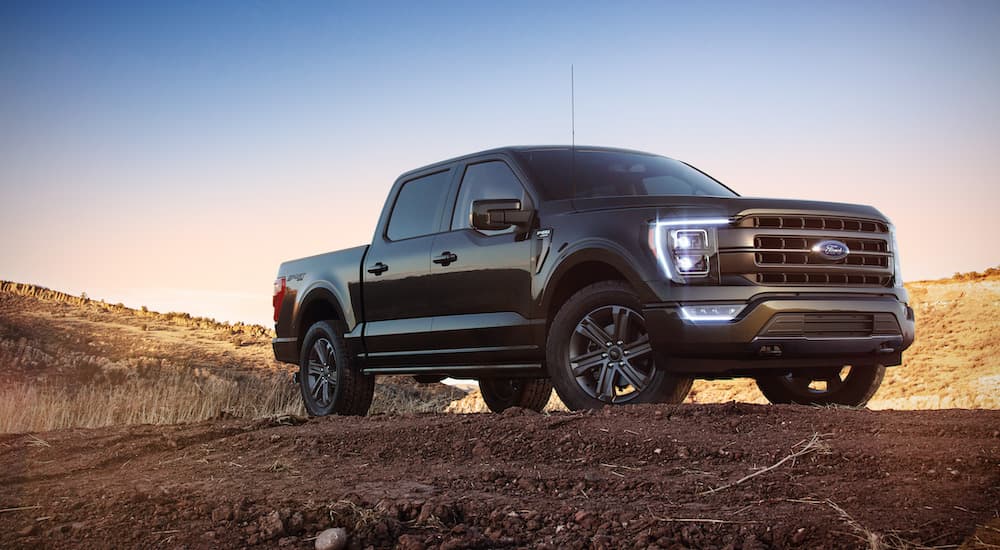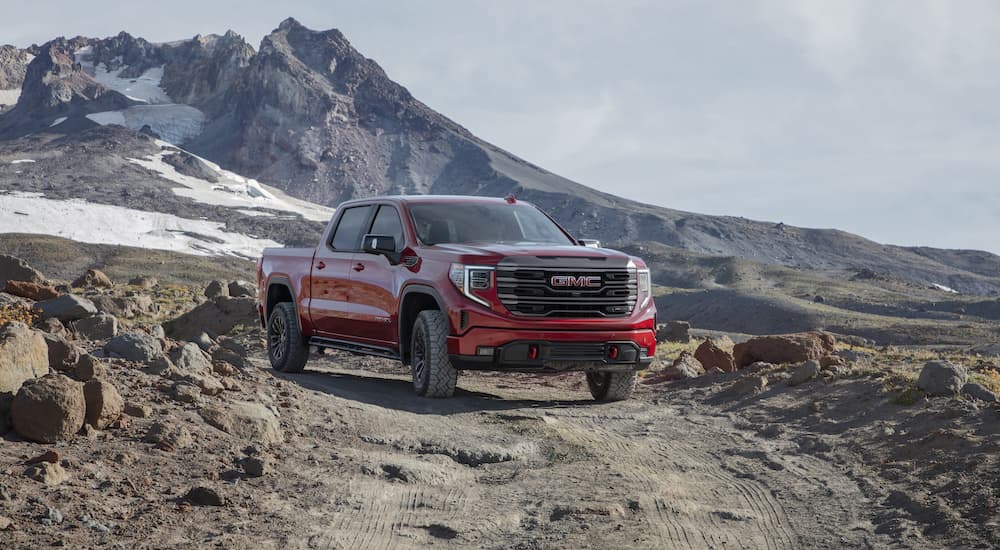It seems like it was only a year ago that the auto industry started to acknowledge the damage the global microchip shortage was going to do to it; oh wait—it was a year ago! That’s how long this has been going on. While some rather optimistic initial industry estimates discussed this being an issue mostly for early 2021—and an issue with a quick solution—that hardly seems to be the case. In fact, more-accurate predictions seem to be those made by people outside the auto industry, who speculated early on that the effects of the chip shortage would be felt throughout the rest of 2021 and well into 2022, perhaps even into 2023.
At this point, the leadership at the big auto companies can’t put their heads in the sand; the damage has been done and it’s still going on. How bad has it been, and how long will it continue to be rough out there if you’re looking to buy a new car? Let’s take a look at where we’re at today and see what we can expect for the foreseeable future. Spoiler alert: it’s not good news, so don’t get too excited.
Microchip Shortage Recap
Before looking at where we’re at, let’s quickly go over how we got here (I’ll try to keep this brief, but it’s a bit complicated). You remember the horrifying nightmare that was 2020, right? Okay good—one of the unforeseen consequences of the pandemic was the big shutdown. With car dealerships and manufacturing plants shutting down, auto companies didn’t need components and materials, so they reduced their orders on things like microchips.
At the same time, the factories making chips also shut down, while other industries maintained the need for chips: smartphones, video game consoles, webcams, and other tech. Once the initial shutdown started to let up, a lot of people realized they had extra money due to canceled vacations and the like, and wanted to use that money to buy cars—cars offered at great prices because sales had dropped off. Surges in demand meant a greater need for supply, and the auto industry started ramping up manufacturing again. But by this time, they were last in line for the chips that they needed to make modern vehicles.
Although a wide range of industries are feeling the heat from a lack of microchips, the auto industry might be in the worst shape. Not only do they need chips for a lot of basic functions in vehicles, but they’re also not a huge customer for chip manufacturers. Companies like Apple and Sony use more microchips than the entire auto industry combined, so they have a lot more pull in getting at the limited supply. Fewer chips have meant the auto industry has had a hard time producing new vehicles with all of the available bells and whistles. Thus, this has resulted in reduced supplies, plants being shut down for weeks at a time, and people not getting their shiny new vehicles from Ford, GM, and others.

Where We’re at Today
So what’s the damage from this chip shortage so far? Across the globe, the auto industry lost more than $200 billion in sales last year due to a lack of vehicles—about 10 million vehicles that could’ve been sold but simply didn’t get built in 2021. Pretty much every major manufacturer has been affected by this on one level or another; profits are still going strong for these companies—no CEOs are missing any meals—but they’re not making as much money as they’d like because they simply don’t have the vehicles to sell.
After a year of this going on, things aren’t getting much better; companies have figured out how to deal with some issues, but the chips just still aren’t there. For example, Ford recently announced that they were going to halt or reduce production at eight plants throughout North America, again. They’re certainly not alone in this—GM has had similar problems manufacturing a number of vehicles that are lacking chips; they’re currently sitting in parking lots, waiting to be finished as chips come in.
Want to Buy Most of a Car?
Recently, another solution has been popping up: selling what they have, even though features are lacking. For example, Ford recently announced that if you want a brand-new Explorer right now, you’re going to have to get a model without rear-seat climate controls, because that’s all they have. You can get one of these vehicles and the rear-seat controls will be installed with a chip at a later time, free of charge. But for now, it’ll be incomplete.
Similarly, if you want a new F-150, then you’re going to have to choose a model that lacks the Stop-Start engine functionality, which turns off the engine when you stop to help save on gas. The kicker here, however, is that this isn’t like the rear-seat climate controls; it can’t be installed after the truck has been manufactured. So, if you get a new F-150 without Stop-Start engine technology, then that’s what you get—plus a $50 credit, apparently, but you’re going to use more gas, so that might not entirely balance out in the long run.
Ford is far from the only company doing this. BMW recently removed the touchscreen functionality from its Park Assist system in numerous vehicles, while GM has deleted heated and ventilated seats from several different models, including popular SUVs and trucks. You’ll also have a hard time finding Auto Stop/Start on engines in GM trucks. And, the much-publicized Super Cruise technology in the Cadillac Escalade isn’t just a premium; it’s simply not available right now. Even Tesla has felt the hit, as people discovered they’d removed a backup system for power steering without notifying customers. It’s a redundancy component, but one that’s required for advanced semi-autonomous driving.
How Things Look Long-Term
I’d love to be able to end on a high note. Who doesn’t like a happy ending, right? But unfortunately, that’s not the situation we’re in. Realistic forecasts right now predict that the microchip shortage is going to continue throughout this year and will likely not return to pre-pandemic numbers until sometime next year.
The good news is that most experts seem to agree things should improve by the first half of next year, rather than later on—but that’s pretty tepid relief. For you and me, things get even worse; just because manufacturers finally have chips to make enough vehicles doesn’t mean prices will magically go down on new or used models overnight.
The auto industry has lost hundreds of billions of dollars due to this shortage, and they’re not going to want to just stomach that. So, expect high prices to make up for those lost profits over the coming years. Once the new-car inventories are back up to higher levels, with any luck we’ll see demand for used models start to subside. Prices on those might consequently go back down to a reasonable level. But we’ll have to wait and see.
Even so, assuming things do get better, we could be more than a year away from that actually helping us out when we’re buying a car. But don’t worry; it’ll trickle down to us eventually.





